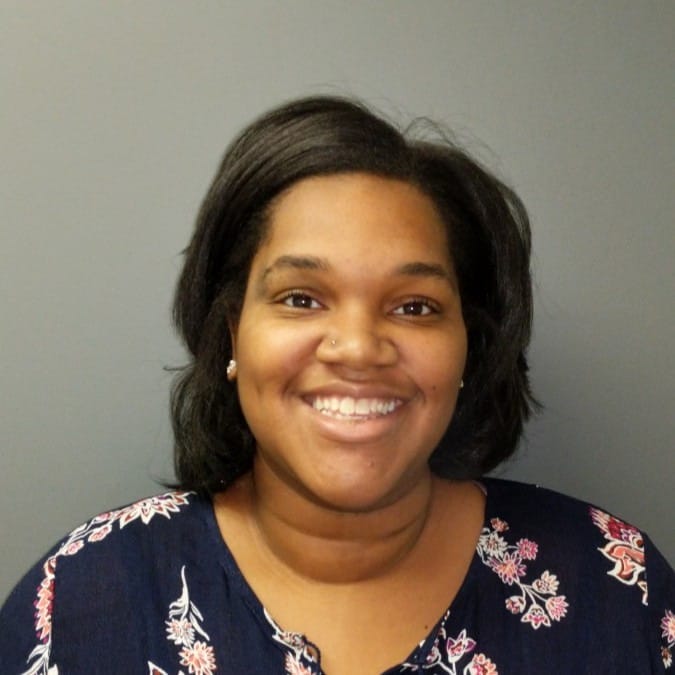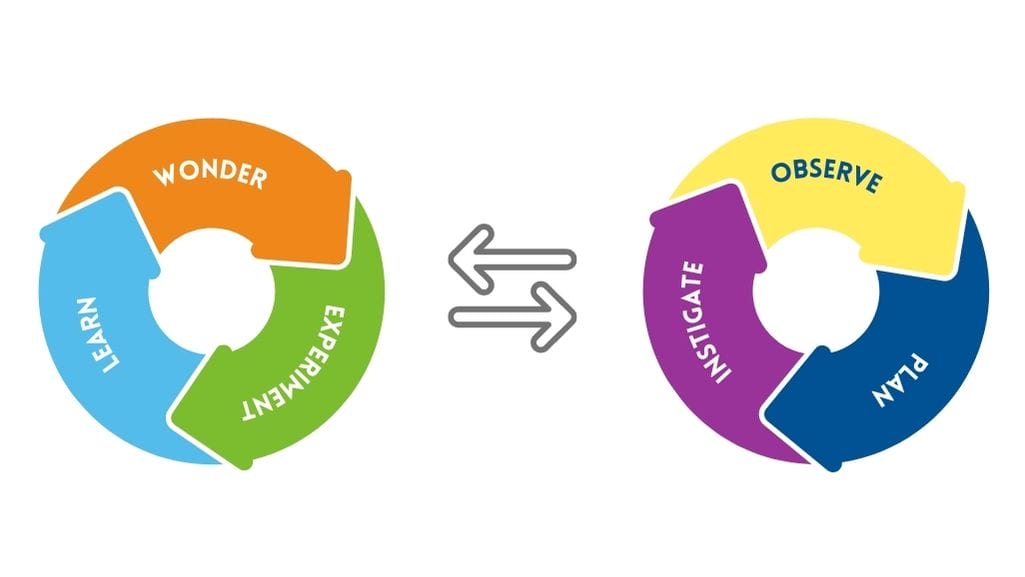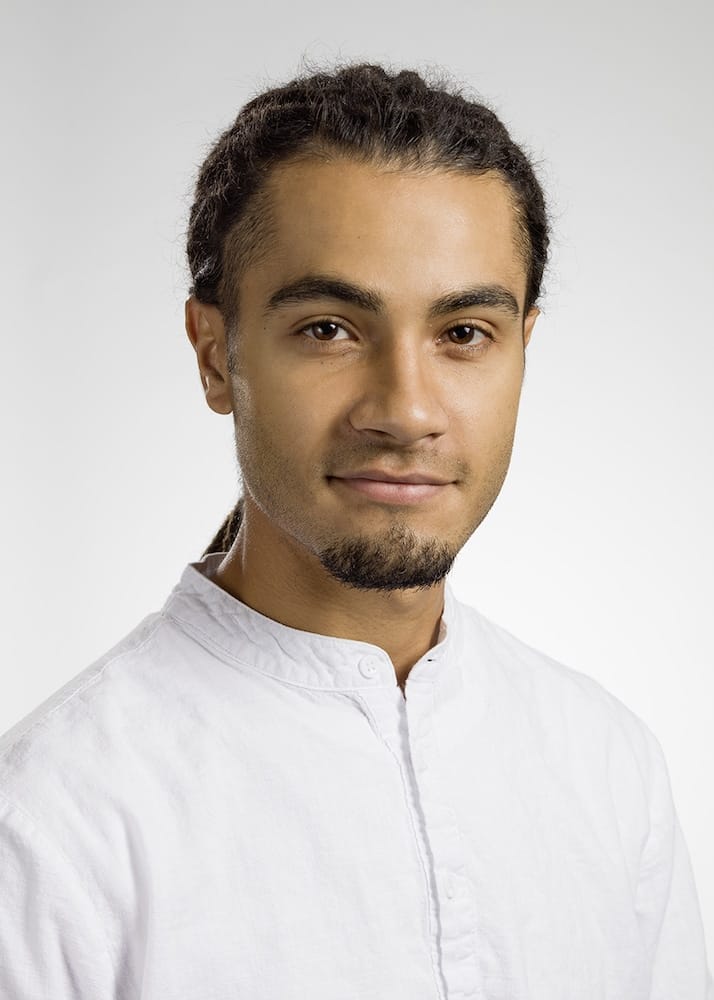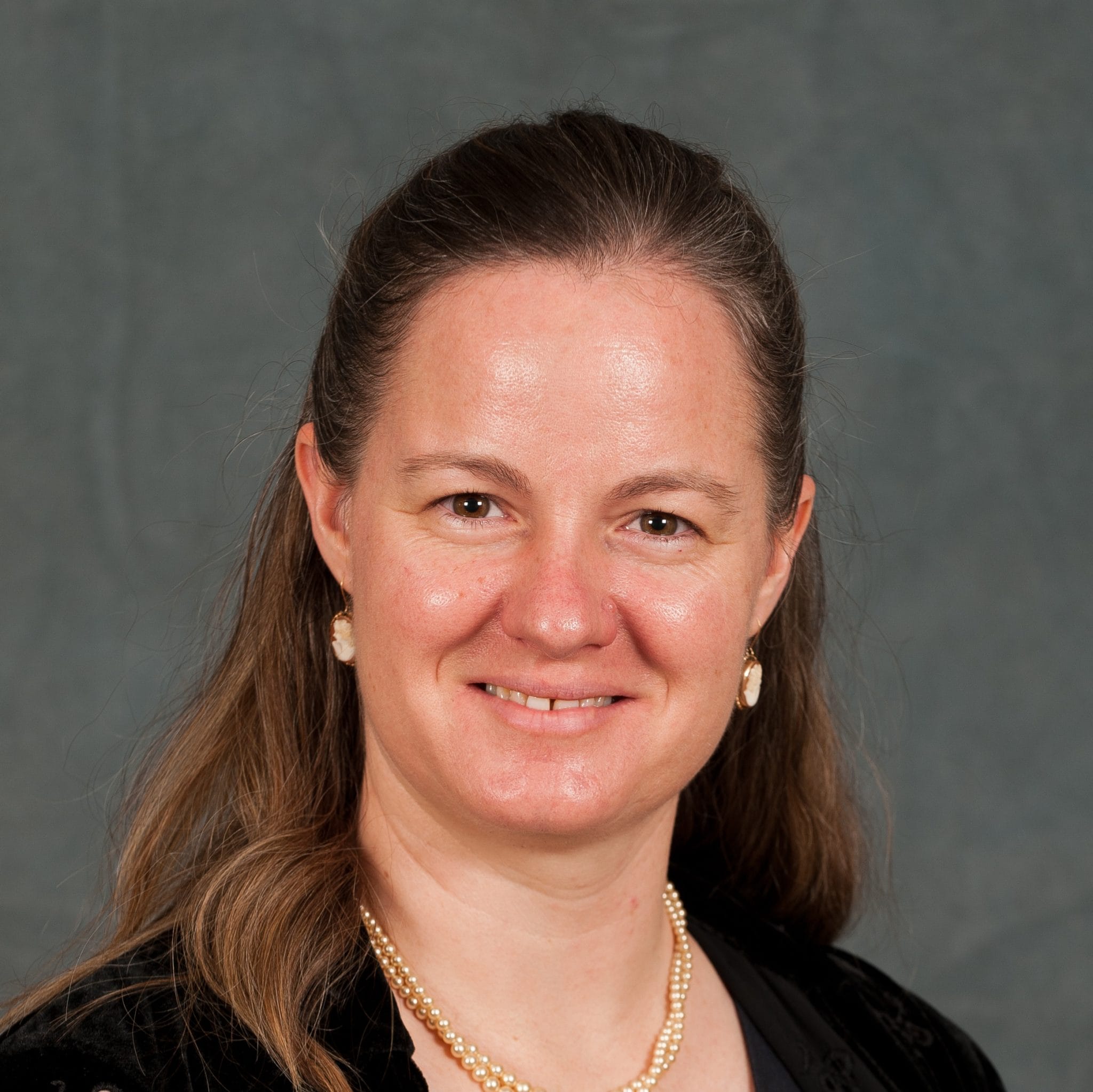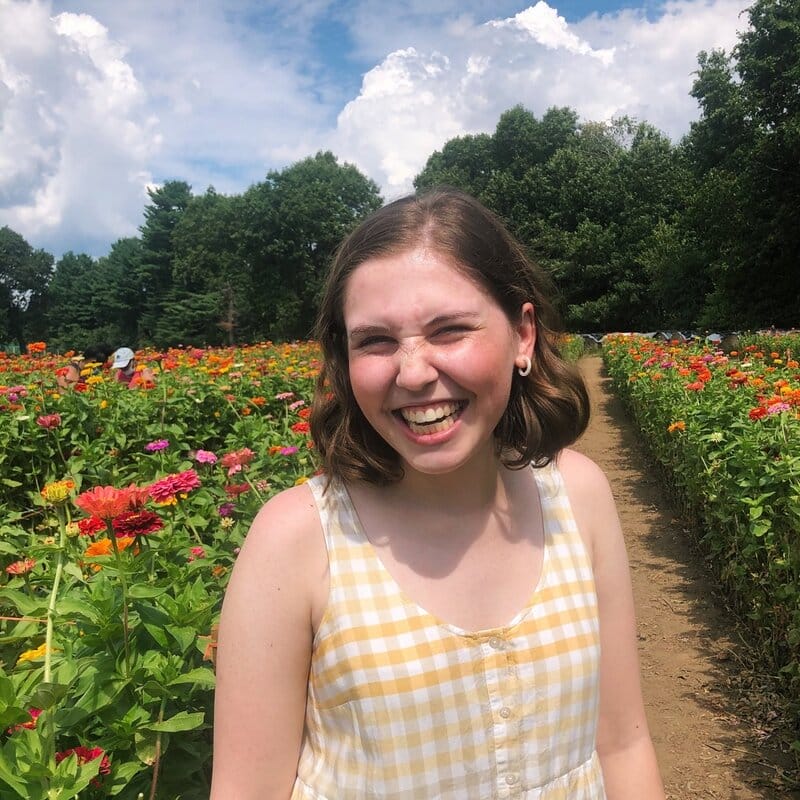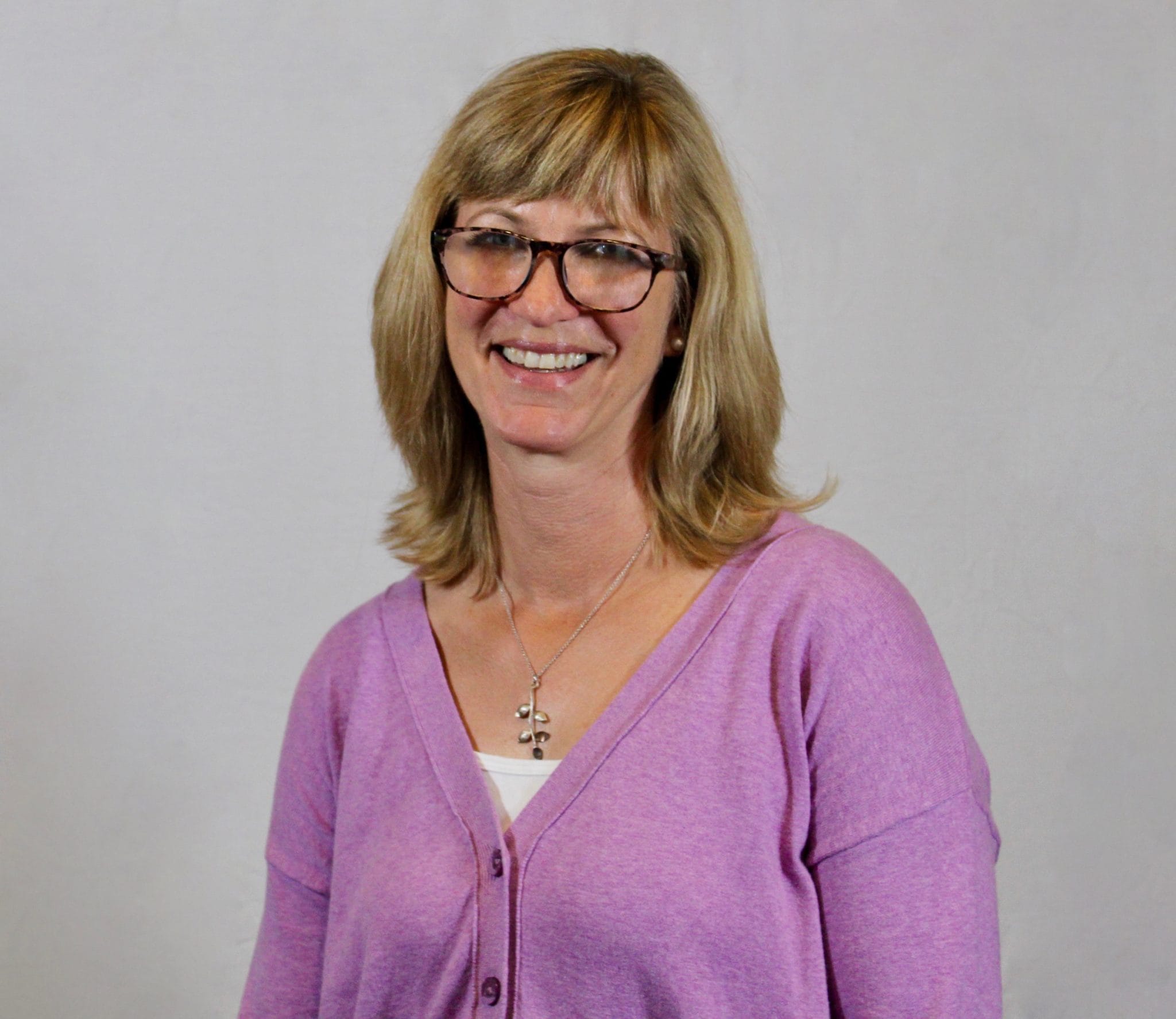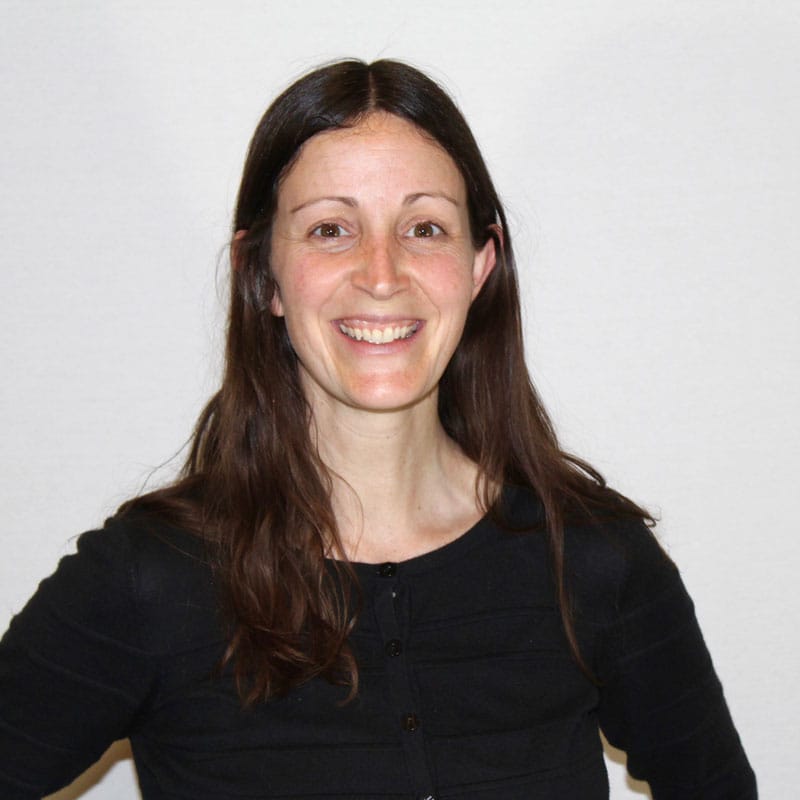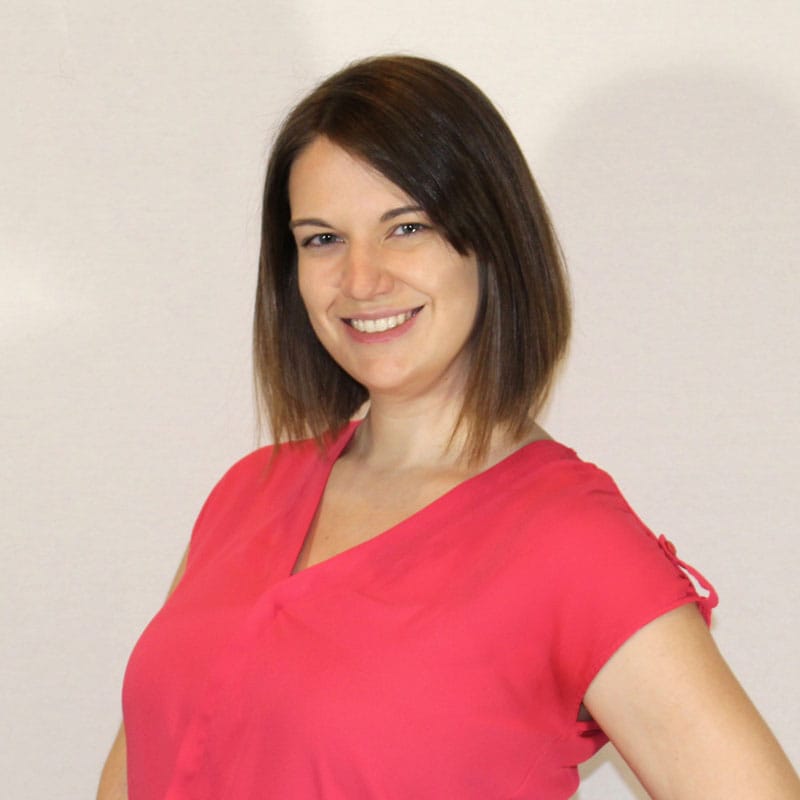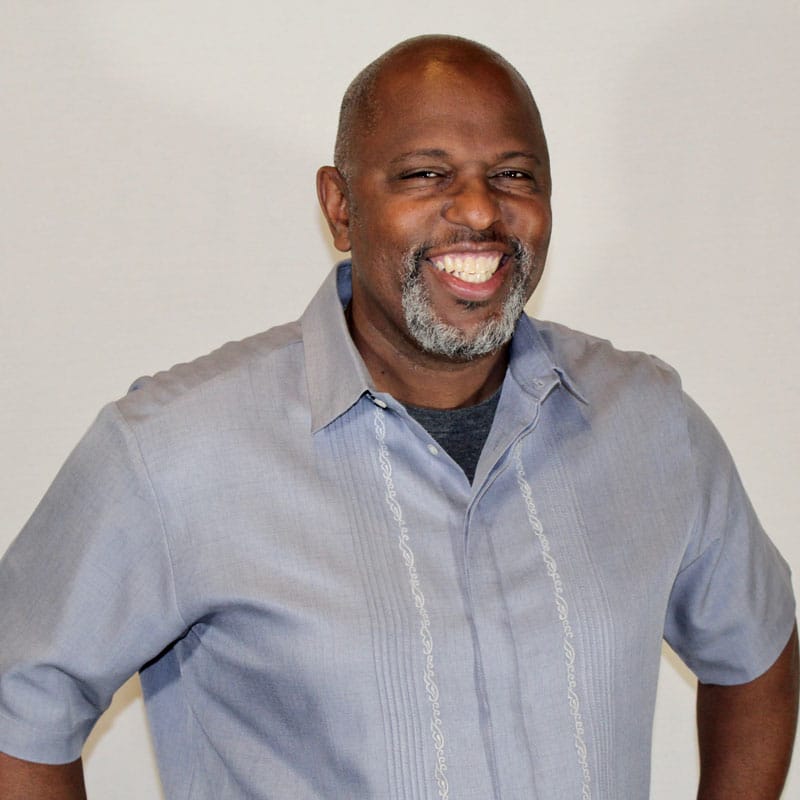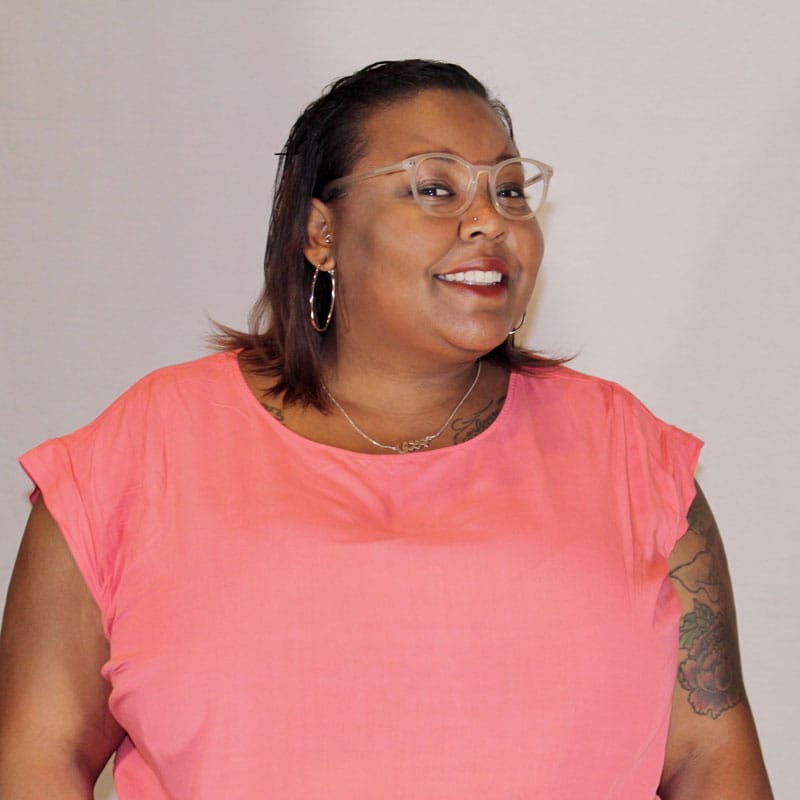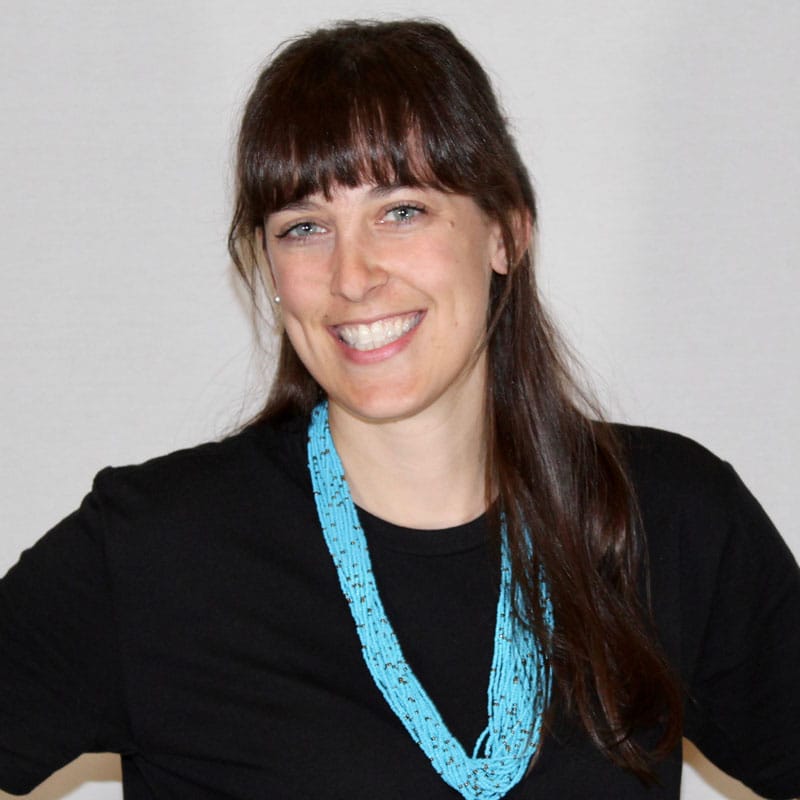March 26, 2015
(Photos: Jessica Hiltabidel/Center for Inspired Teaching)
Today’s post was written by Jessica Hiltabidel, Inspired Teaching’s Manager of Teaching & Learning. Jessica works with the Inspired Teacher Certification Program, which selects, trains, and supports new teachers for successful and sustainable careers in Washington, DC. Learn more about the Inspired Teacher Certification Program, and apply today.
A few weeks ago, I was on a plane ride from Phoenix, AZ to Washington, DC. In the seats in front of me sat a grandmother and a little girl, about four years old. They arrived on the plane in a rush, the grandmother carrying three bags and two coats while trying not to lose her granddaughter. I helped them stow their bags and then sat down planning to write classroom reports for the duration of our flight.
An hour or so into the flight, after happily entertaining the little girl, the grandmother fell asleep. It wasn’t long before I saw a cute little red-head peeking at me through the seat. I made some silly faces at her, sending her into a fit of giggles. After a while, we began an intense game of quietly passing her stuffed lamb back and forth, over, under, and around the seat. When her grandmother woke up, she immediately reprimanded her granddaughter and apologized to me for the bother. The grandmother assumed that by not sitting still and leaving me (an adult) alone, the child was being disrespectful. For a brief second, my new friend lost her smile and sat back dejectedly in her seat. Luckily, it only took a quick conversation with her grandmother to assure her that we were happily playing, and the little girl’s smile and our game could continue.
I didn’t think about this interaction again until a few days later when I finally made it back to the report I was supposed to be writing on the plane. I had spent time doing a formal observation in one of the classrooms of our second year Inspired Teaching Fellows, Ms. Brittney Henderson, an early childhood teacher at West Education Campus, a DC Public School. As I was reading back over my observation notes, I realized what had been missing from that interaction on the plane: mutual respect. Respect itself was there as the grandmother apologized to me and reprimanded her granddaughter, both very politely. It was the mutual part that was missing: the belief that the child’s feelings and needs were as valuable as the adult’s.
At Center for Inspired Teaching, we believe that all students, no matter how old, have thoughts, opinions, and experiences that contribute to the classroom and any situation they’re in. “Mutual Respect” among teachers and students is one of the 5 Core Elements of Inspired Teaching’s Instructional Model, and we help Inspired Teaching Fellows develop into teachers who build trusting relationships with their students and involve them as part of the decision-making that happens in the classroom.
Ms. Henderson’s class provided a wonderful example of “Mutual Respect” in action. During my observation, her kindergarten class was engaged in a morning greeting. Students turned to their friends and asked them what kind of greeting they wanted. Students could choose one or politely decline. Their preferences were honored by their peers and their teachers. During one of the activities, the teacher asked a question that every child was excited to answer. In order to give everyone a chance, the teacher had students turn and talk to their peers. Without any prompting, these five and six year olds found partners and immediately began talking.This may not sound like much – as a classroom observer, I’ve seen hundreds of “turn and talks” – but it played out very differently in Ms. Henderson’s classroom.
What I saw was more than rote politeness and engagement. I saw students independently applying conflict resolution strategies on their own, without prompting. When there turned out to be an uneven number of students, it appeared that a little girl in the back would be left out. Before I could motion to the teacher about this student, two of the other students came over to her and said “It’s okay. You can be in our group. We’ll all take turns talking.”
I saw students intrinsically motivated to play an active role in learning. During the morning meeting, one student was asked to write the message: “Today is Thursday, February 19, 2015. We have Spanish. Do you prefer art or library?” As a beginning writer, the student took a long time to consider each sound and write each letter. At some point, I expected the teacher to take over and finish the message or for the rest of the class to get bored and start talking. Instead, everyone – teacher and students alike – waited quietly, helping their classmate to sound out each word and then celebrating him when it was done.
I saw students assuming responsibility for creating the classroom community. After the turn and talks, the students shared answers. Again, Ms. Henderson facilitated this activity a bit differently. Instead of students sharing their own ideas, each volunteer shared his or her partner’s thoughts with the class. Sentence starters, such as “My partner believes…” or “What my friend thought was…” were prevalent in every share. It was clear that the children in this classroom were all equal partners and participants. They listened and heard what their peers were saying and were excited to tell what they’d learned to the rest of the class.
If you ask teachers what qualities you need to be successful in the classroom, I’d venture that many of them would say “respect,” but I find myself wondering how many of them would say, and mean, “Mutual Respect.” But that’s what’s necessary to build the type of learning environments that foster students’ independent thinking and growth. For students to build the academic and social-emotional skills that are critical to a child’s future success, students need true student-teacher partnerships celebrating, in the words of Dr. Seuss, that “A person’s a person, no matter how small.”
Become an Inspired Teaching Fellow and changemaker like Ms. Henderson, and join the movement to change the way children are educated. The application deadline to join the 2015 cohort of Inspired Teaching Fellows is April 6.

